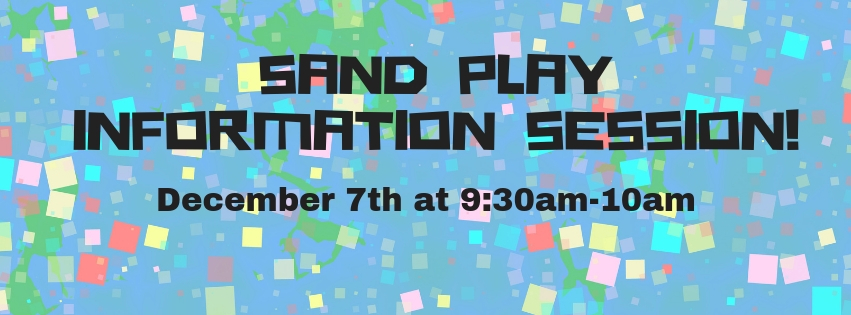Over the last couple of months, Creating Together has been leading information sessions at different play stations, with a different play station featured each month.
To continue our last article regarding this months theme around Sand Play, we wanted to offer a summary of what was covered in the information session, so parents and caregivers can continue to use the blog as a helpful resource when playing with their children and encouraging their learning and development.
If you’d like further information about Sand Play, please visit us at Creating Together and let us know – we’d be happy to share some tips with you in person!

Summary
Sand Play is a great opportunity for Social, Emotional and Language development. While playing in the sand, children use communication skills as they talk about what they are doing and how to do things. They share equipment and learn to get along with each other. As they role play and work together this also provides an opportunity for story telling in the sand.
As you likely already are aware, toddlers love the sand and will spend hours digging, building, scooping, carrying, molding, and scraping. There are dozens of great sand pit toys you can introduce, all of which help your child develop gross and fine motor skills. Playing in the sand provides opportunities for the children to develop their muscles when they dig, shovel, lift, carry, tunnel and rake. These activities help develop the large muscles – gross motor. Pouring, sifting, moulding, drawing, patting, and decorating all help exercise the smaller muscles – fine motor.
Sand play develops an understanding of basic science and math concepts such as exploring, classifying, estimating, experimenting, comparing, counting, measuring and constructing. Before long, they will take their sandpit skills into the garden!
Sand Toys Include…
- Buckets of different shapes and sizes
- Small spades for scooping
- Large spades for digging
- Rakes
- Watering cans
- Plastic pipes which can be used for tunnels
- Diggers and dump trucks
- Old kitchen utensils such as potatoe mashers, spoons, sifters, strainers, scales, funnels
- Different sized containers like drink bottles, containers, flower pots, natural materials like rocks, large shells, and water.
Child Can…
- Learn basic concepts related to science, measurement, space and math
- Enhance motor skills
- Develop eye-hand coordination
- Experience various textures
- Enhance thinking skills
- Develop concentration
- Have fun!
Adults Can…
- Build hills and mountains
- Pretend to be at a construction site
- Pretend to cook (measure, mix, etc)
